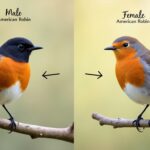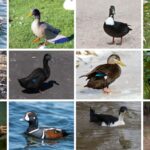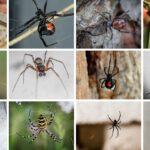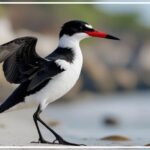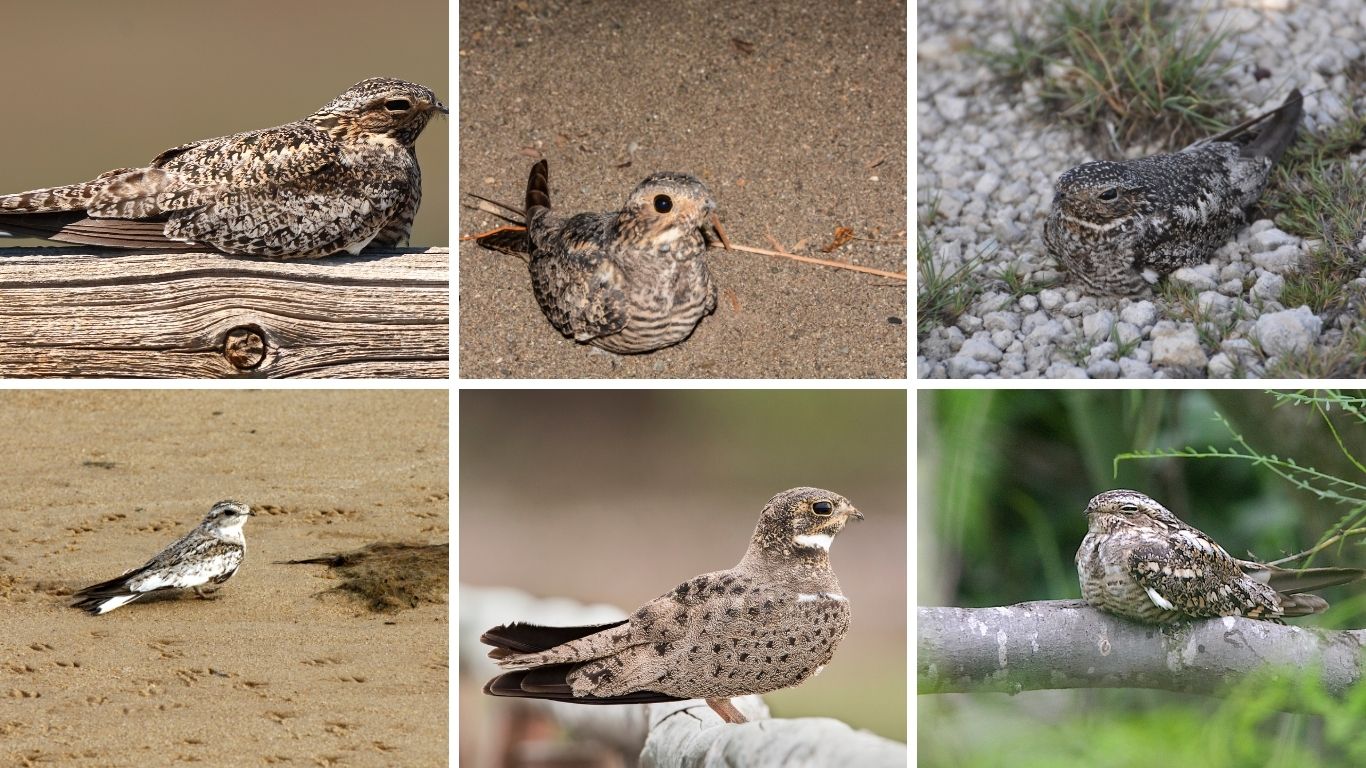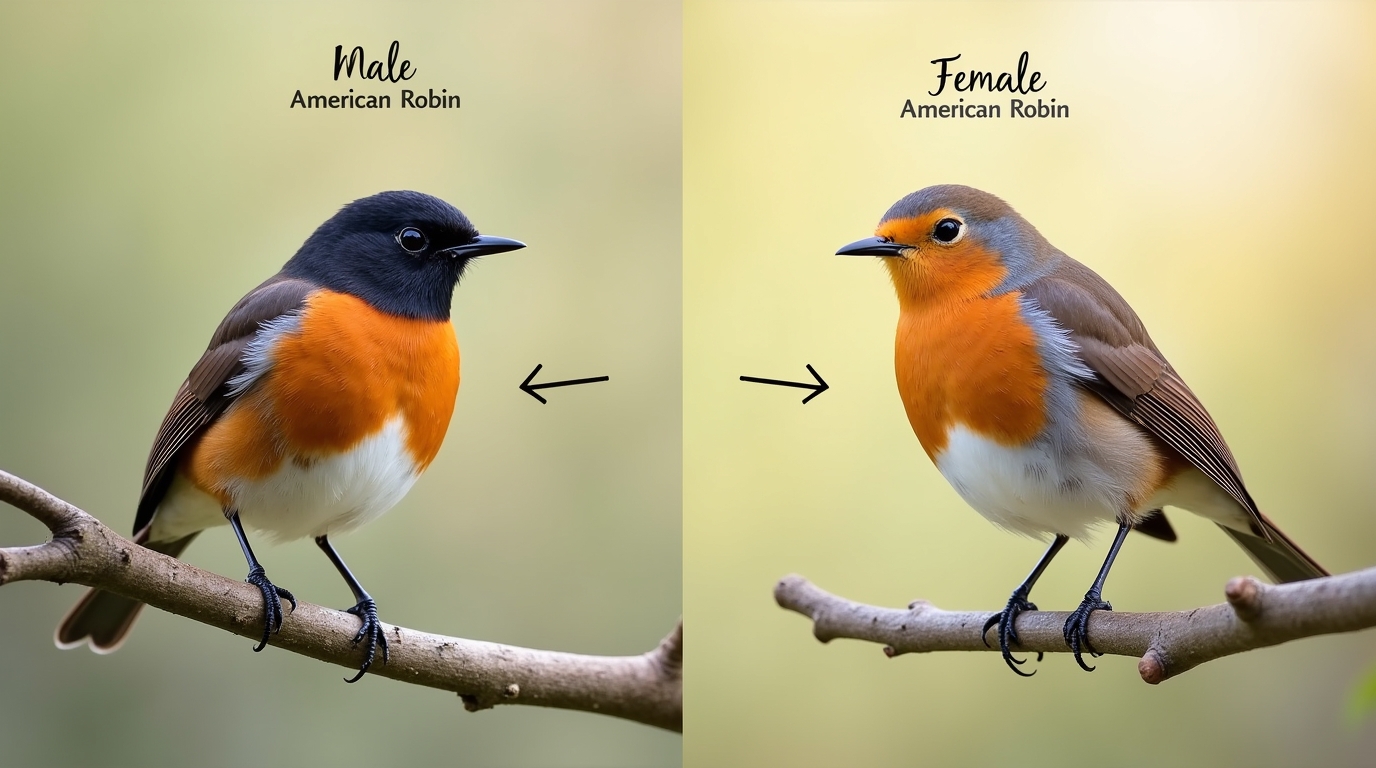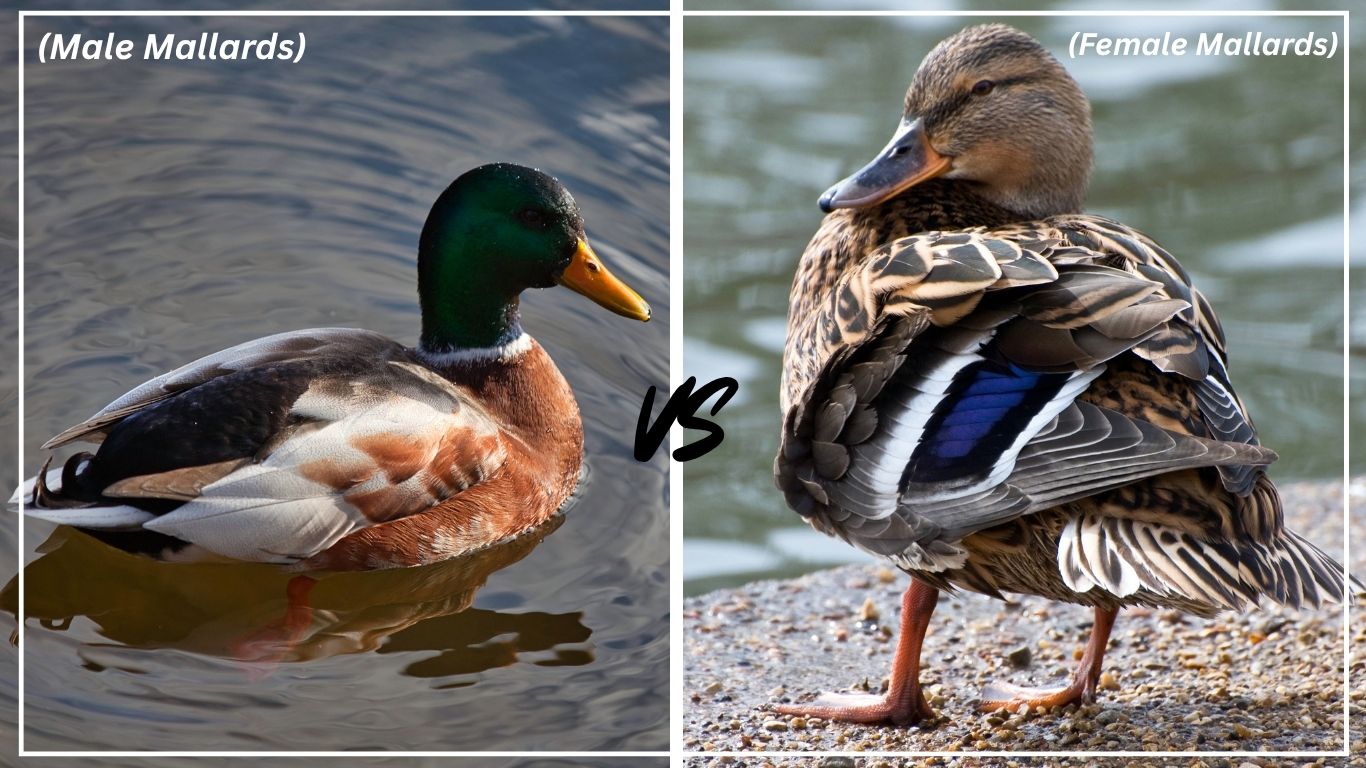Nighthawk birds, belonging mostly to the Chordeilinae subfamily of the nightjar family, are twilight aerialists known for their silent, acrobatic flights and insect-hunting skills. Unlike many nocturnal birds, nighthawks are crepuscular—most active during dawn and dusk. This guide covers 10 types of nighthawks and nighthawk-like birds found across the Americas, from desert dwellers to tropical forest residents. Each species offers unique characteristics in appearance, behavior, and nesting strategy.
1. Common Nighthawk (Chordeiles minor)
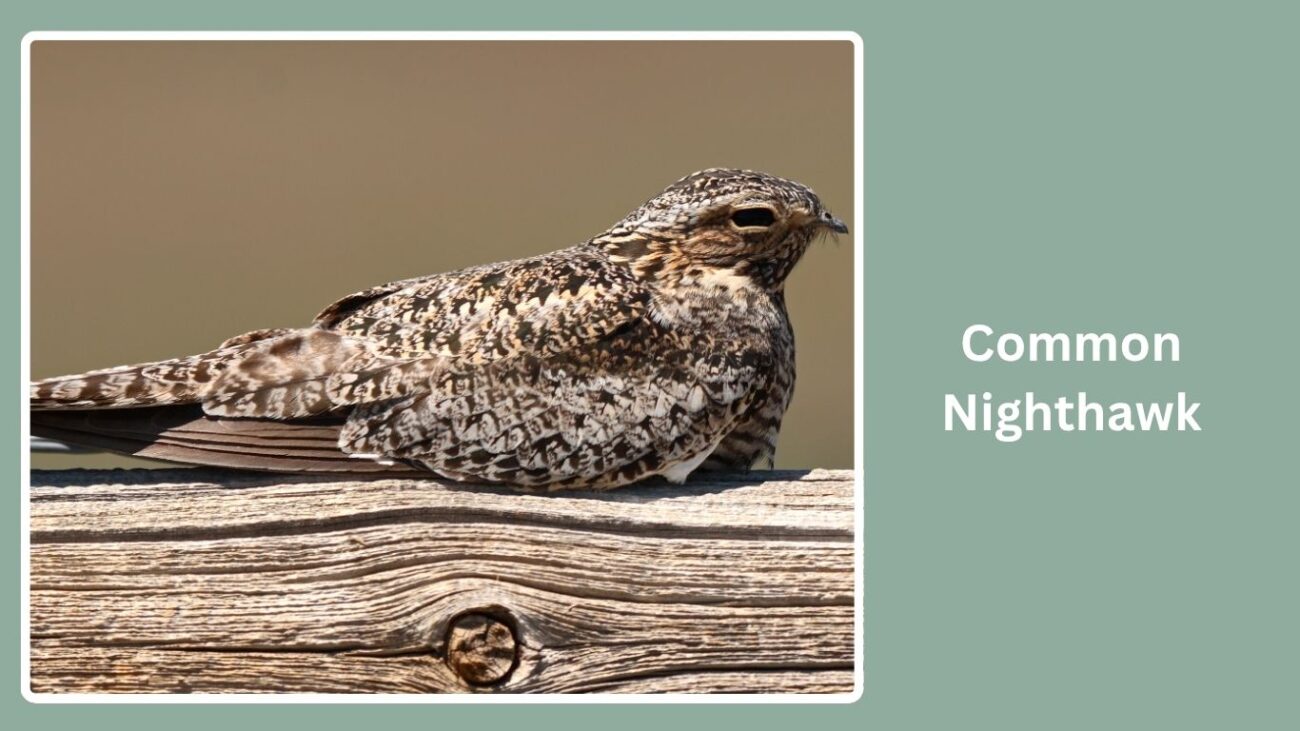
The Common Nighthawk is a widespread and well-known species across North and Central America. Despite its name, it’s most active during twilight hours rather than the middle of the night. With its erratic flight and sharp “peent” call, this bird is often seen and heard in open skies just after sunset.
Identification and Appearance
- Slender body with long, pointed wings
- Mottled brown, gray, and black plumage for excellent camouflage
- Bold white wing bars visible in flight
- Small bill with a large mouth adapted for catching insects
Habitat and Range
Breeds across most of North America and migrates to South America for the winter. Prefers open areas like grasslands, forest clearings, cities, and even rooftops for nesting.
Behavior and Diet
Feeds almost exclusively on flying insects such as moths, beetles, and mosquitoes. Hunts at dawn and dusk, using silent, acrobatic flight. Often seen circling lights in urban areas where insects gather.
Nesting and Breeding
Does not build a traditional nest. Instead, the female lays 1–2 speckled eggs directly on bare ground, gravel rooftops, or open forest floors. Both parents help guard and care for the chicks.
2. Lesser Nighthawk (Chordeiles acutipennis)
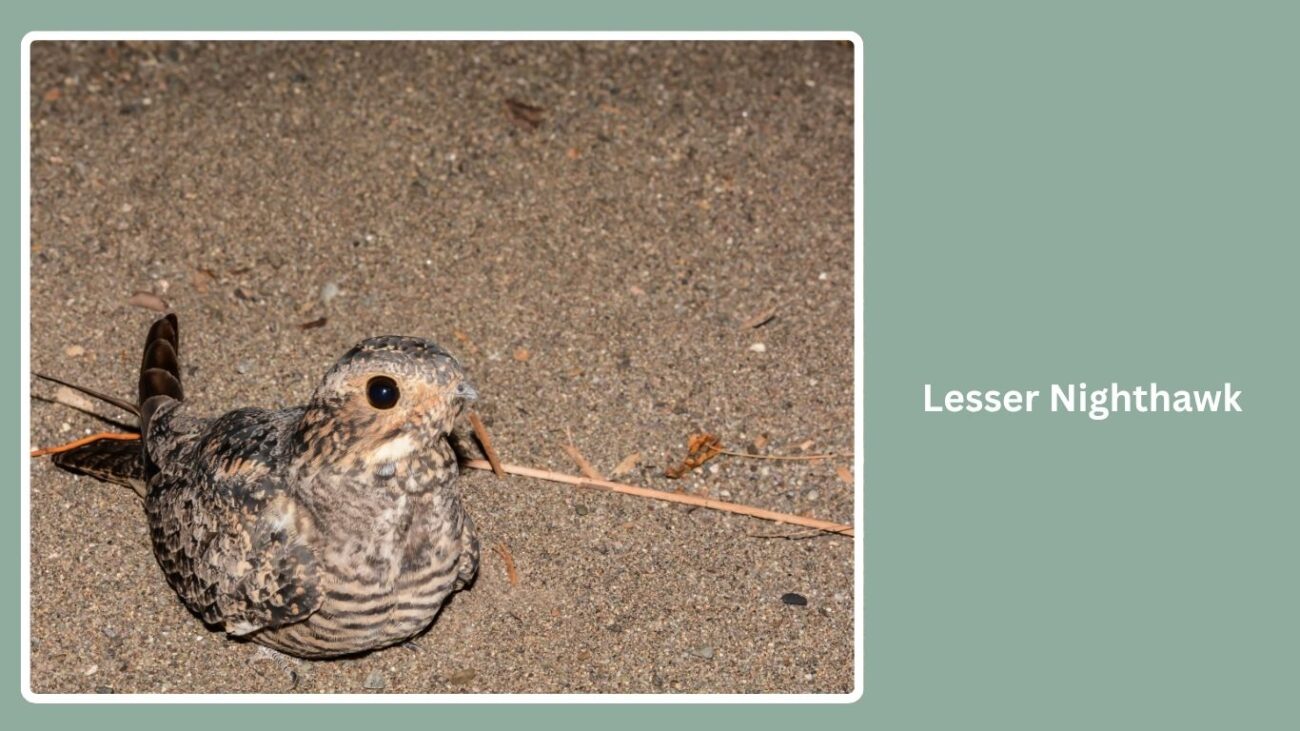
The Lesser Nighthawk is a smaller, desert-loving cousin of the Common Nighthawk. Found in the southwestern United States and parts of Central and South America, it is most active at dusk, when it glides low over arid landscapes in search of insects.
Identification and Appearance
- Smaller and more compact than the Common Nighthawk
- Mottled gray-brown plumage for camouflage
- Pale bar across the wings (more toward the wingtips than in Common Nighthawks)
- Shorter tail and more rounded wings
Habitat and Range
Inhabits deserts, scrublands, and dry open areas in the southwestern U.S., Mexico, and as far south as Argentina. Prefers open, sandy, or gravel-covered areas.
Behavior and Diet
Feeds on night-flying insects using low, buoyant flight. Unlike the Common Nighthawk, the Lesser Nighthawk often flies closer to the ground. Silent and stealthy, it relies on aerial agility rather than vocalizations.
Nesting and Breeding
Lays 1–2 eggs directly on bare ground. The eggs are well-camouflaged against sand or gravel. The female incubates while the male may perch nearby and guard.
3. Antillean Nighthawk (Chordeiles gundlachii)
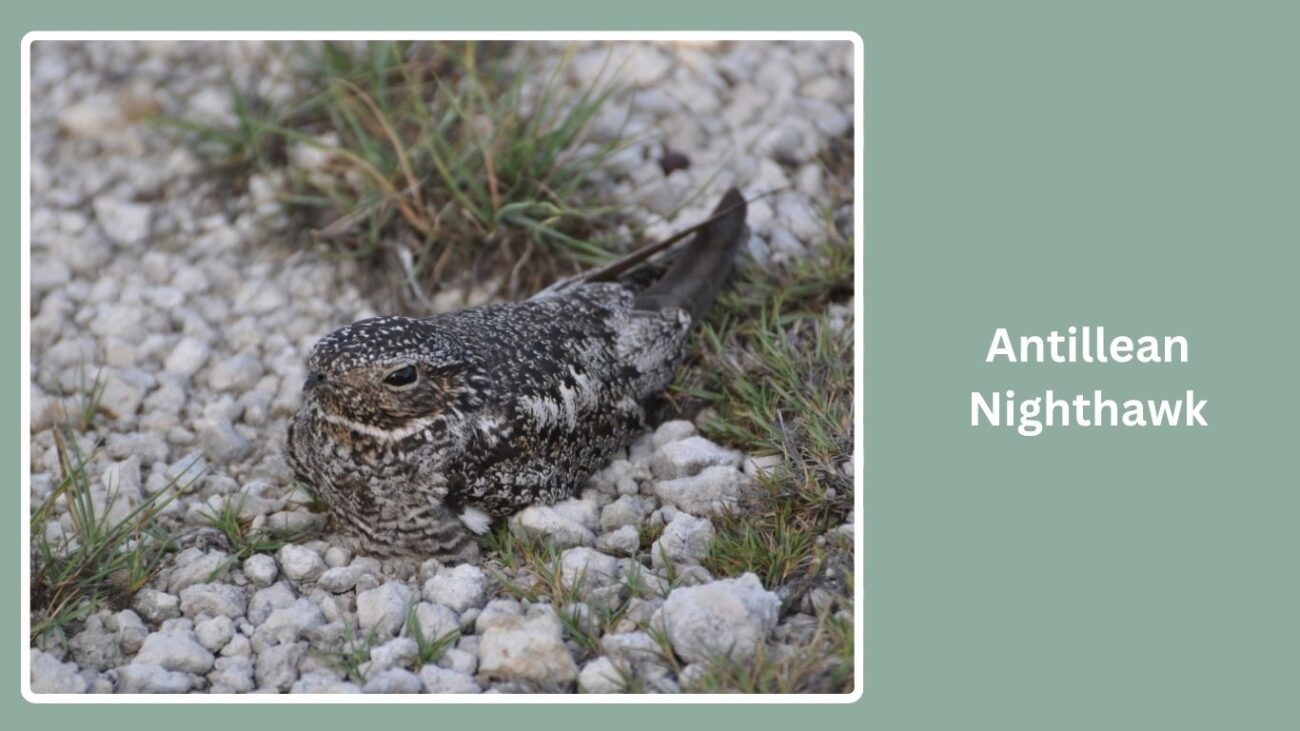
The Antillean Nighthawk is a Caribbean specialist, found on islands like Cuba, Hispaniola, and the Bahamas. It’s very similar to the Common Nighthawk but has distinctive calls and localized habits.
Identification and Appearance
- Similar in size and color to Common Nighthawk
- Mottled dark gray-brown body
- White wing bars visible in flight
- Short tail and slightly broader wings
Habitat and Range
Breeds in the Caribbean, including the Bahamas, Puerto Rico, and parts of Hispaniola. Winters in South America. Prefers open habitats like fields, airstrips, and beaches.
Behavior and Diet
Feeds on flying insects at dusk and dawn, often seen gliding or fluttering high above open spaces. Recognized by its distinctive, nasal “beer-beer-beer” call.
Nesting and Breeding
Nests on sandy or gravel ground without building a nest structure. The camouflaged eggs blend perfectly with the substrate. One of the few nighthawk species restricted to island habitats.
4. Sand-colored Nighthawk (Chordeiles rupestris)
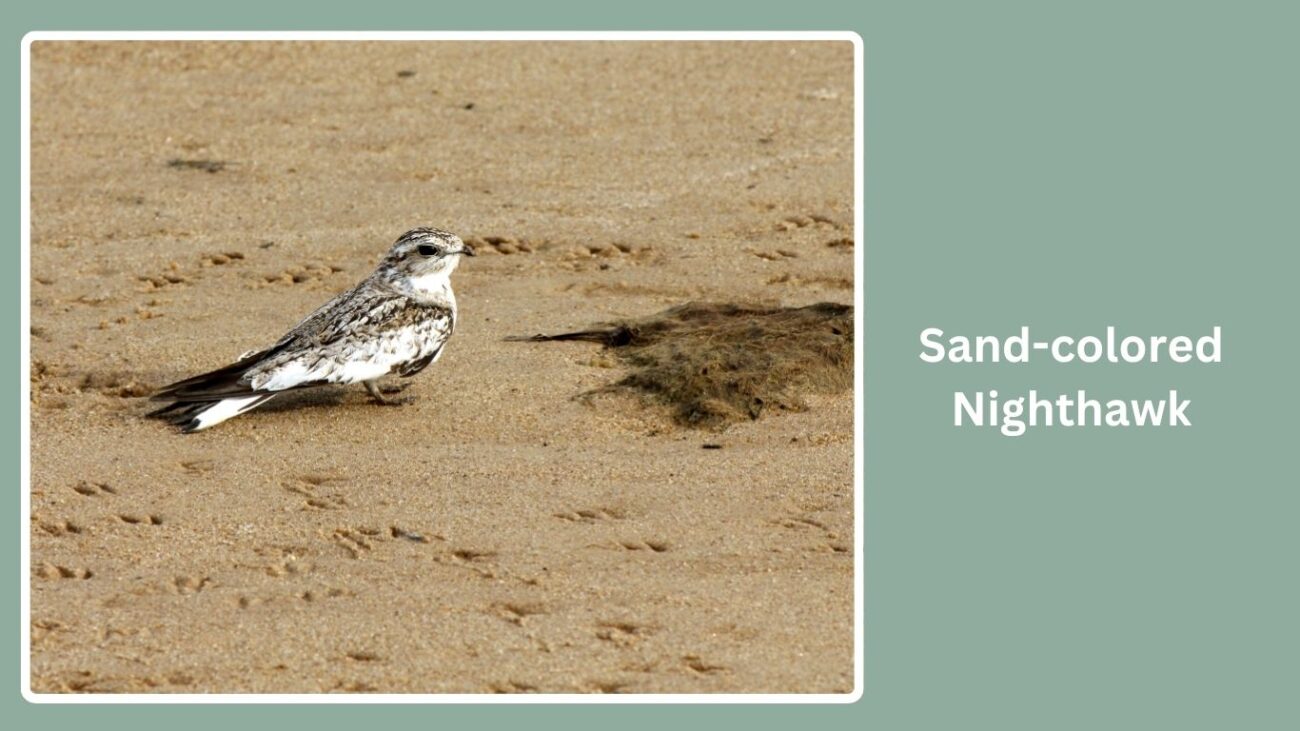
The Sand-colored Nighthawk is a pale, elusive species native to South America. It’s well-camouflaged against riverbanks and sandy islands, where it rests during the day and becomes active at dusk.
Identification and Appearance
- Pale grayish-tan plumage with minimal markings
- Blends seamlessly with sandy or rocky riverbanks
- Rounded wings and short tail
- Subtle facial pattern with dark eye line
Habitat and Range
Found along rivers in the Amazon Basin, including parts of Brazil, Peru, and Colombia. Prefers sandy shores, gravel bars, and riverbanks in tropical forest regions.
Behavior and Diet
Feeds on flying insects above rivers, using slow, graceful flights at dawn and dusk. Often seen perched motionless during the day, relying on its sandy color for concealment.
Nesting and Breeding
Lays eggs directly on sandy riverbanks. Nesting occurs during the dry season when exposed bars are available. The eggs are nearly invisible against the sand.
5. Rufous-bellied Nighthawk (Lurocalis rufiventris)
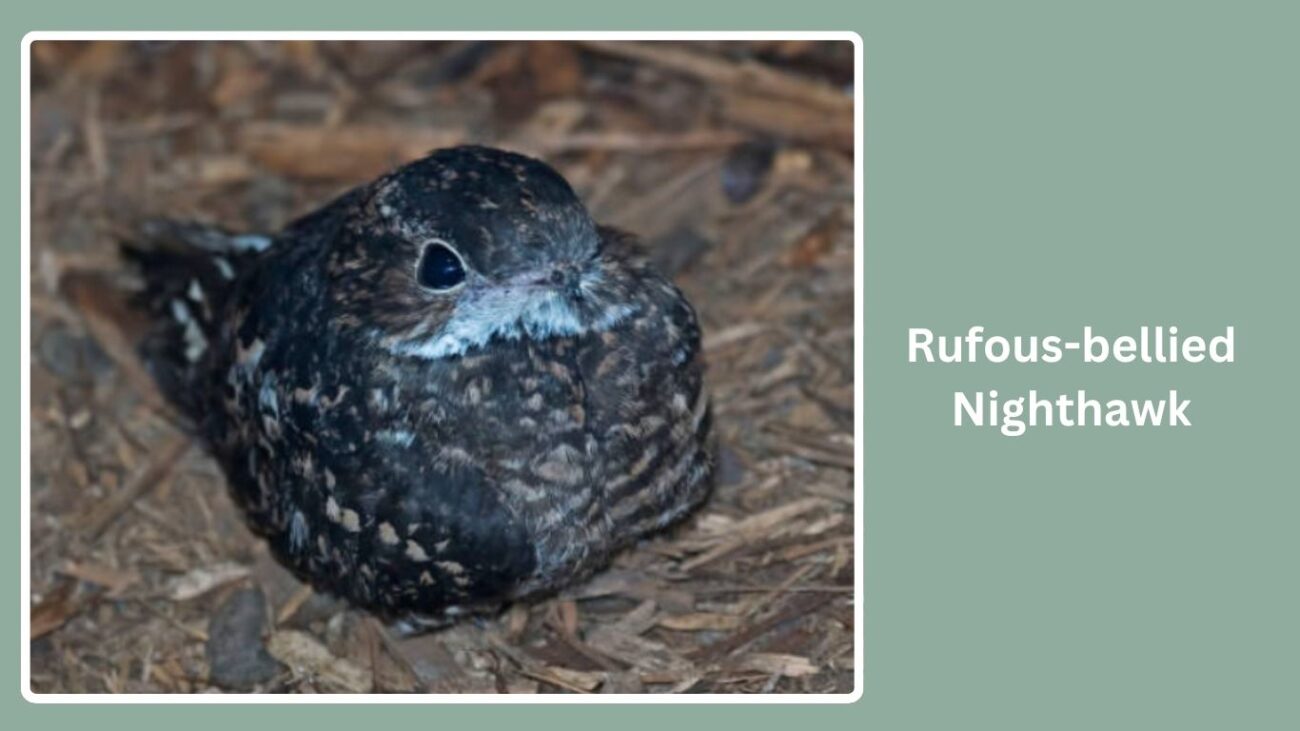
The Rufous-bellied Nighthawk is a forest-dwelling species known for its reddish-brown underside and preference for high elevations. It is one of the few nighthawks that roost in trees rather than on the ground.
Identification and Appearance
- Deep rufous belly and undertail
- Dark brown upperparts with fine barring
- Short tail and broad wings
- More compact and stubby-looking than most other nighthawks
Habitat and Range
Occurs in montane forests and foothills of the Andes, from Venezuela to Bolivia. Found in subtropical and cloud forest regions.
Behavior and Diet
Feeds on flying insects in forest clearings, often flying high above the canopy. Less commonly seen than open-country nighthawks due to its forest habitat.
Nesting and Breeding
Unlike most nighthawks, it may nest on tree limbs or mossy ledges rather than bare ground. Details about nesting remain poorly documented due to the bird’s elusive nature.
8. Bahama Nighthawk (Chordeiles gundlachii)
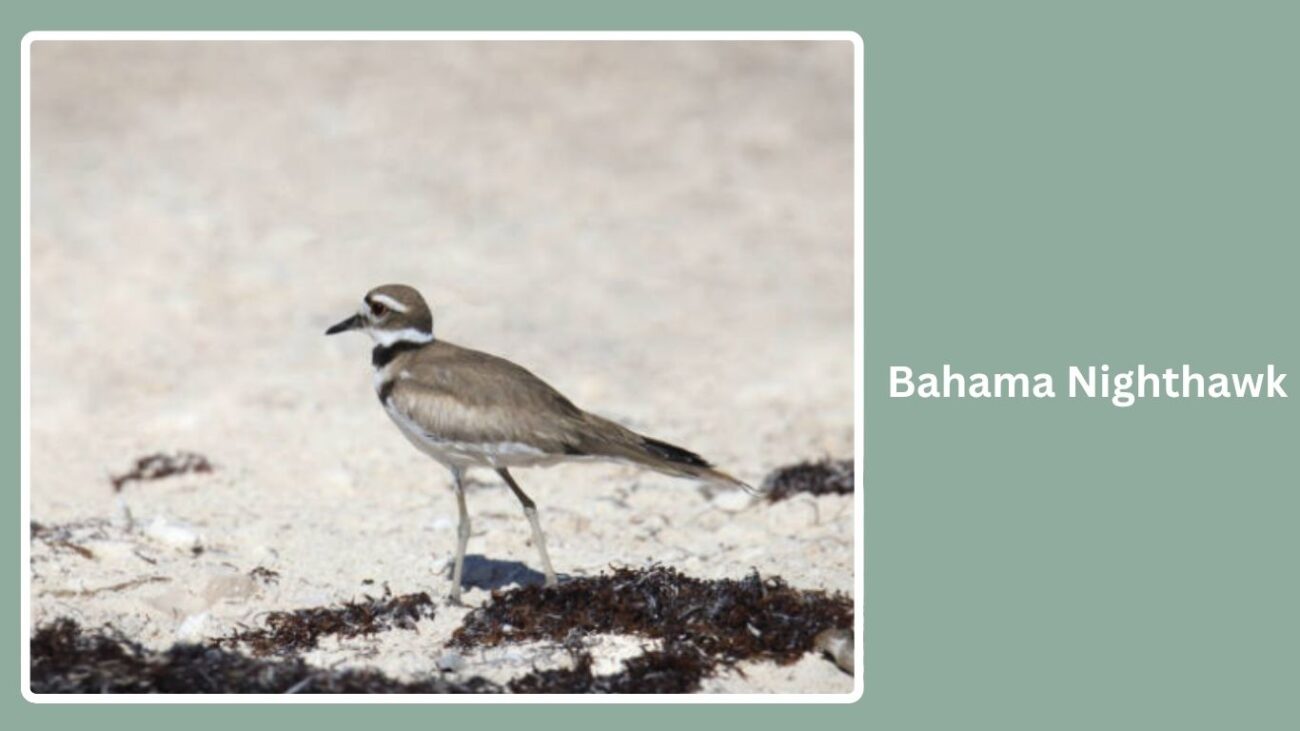
The Bahama Nighthawk is closely related to the Antillean Nighthawk and was once considered a subspecies. It is a warm-weather, island-dwelling bird known for its agile flight and distinct vocalizations.
Identification and Appearance
- Mottled brown and gray plumage
- White wing bars visible in flight
- Slightly longer wings than Antillean Nighthawk
- Small bill with a wide mouth for aerial feeding
Habitat and Range
Restricted to the Bahama Islands and nearby Caribbean islets. Prefers open sandy beaches, airstrips, and coastal scrublands.
Behavior and Diet
Feeds on insects at dusk and dawn, flying in quick, acrobatic patterns. Recognized by its sharp, nasal “pik-pik-pik” call during flight.
Nesting and Breeding
Nests directly on sandy or gravel ground with little or no nest structure. The eggs are camouflaged and incubated by the female.
9. Nacunda Nighthawk (Chordeiles nacunda)

The Nacunda Nighthawk is one of the largest and most powerful species in the nighthawk group. Native to South America, it is known for its striking appearance and bold, wide-ranging flight.
Identification and Appearance
- Large size with broad wings and long legs
- Pale face, throat, and underparts
- Contrasting dark upperparts with bold white patches
- Often seen standing upright, unlike most nighthawks
Habitat and Range
Found in open grasslands, savannas, wetlands, and riverine plains across South America, including Brazil, Paraguay, Argentina, and Bolivia.
Behavior and Diet
Feeds primarily on large flying insects. Active at dusk and dawn, often flying higher than other nighthawks. May also forage during overcast days.
Nesting and Breeding
Lays eggs directly on open ground, often in grassy or sandy areas. Due to their large size, they are more noticeable while roosting than other species.
10. Pauraque (Nyctidromus albicollis)

While not a true “nighthawk” in the strict taxonomic sense, the Pauraque is often grouped with nighthawk-like birds because of its crepuscular behavior and insect-eating habits. It is widespread and well-known across Central and South America.
Identification and Appearance
- Long body with rounded wings and very long tail
- Rich brown, gray, and black mottled plumage
- Bold white stripe on the throat
- Males have broad white wing and tail tips visible in flight
Habitat and Range
Found in tropical and subtropical lowlands from southern Texas through Central America and much of South America. Common in forests, thickets, plantations, and scrubby clearings.
Behavior and Diet
Feeds on insects at dusk and during the night, often by sallying from a perch or catching prey mid-air. Also seen walking or sitting on forest paths and roads.
Nesting and Breeding
Lays eggs directly on leaf litter or bare ground, usually in well-camouflaged spots beneath vegetation. The bird’s plumage provides excellent camouflage while incubating.
Summary:
These 10 nighthawk species, including the well-known Common Nighthawk and regional specialists like the Bahama and Sand-colored Nighthawks, showcase a wide range of adaptations to open skies and twilight foraging. Some nest on gravel rooftops, while others blend into riverbanks or forest floors. Despite their camouflage and elusive habits, these birds play a vital role in controlling insect populations. Understanding each type helps birdwatchers and nature lovers appreciate the diversity and ecological value of these fascinating twilight flyers.

